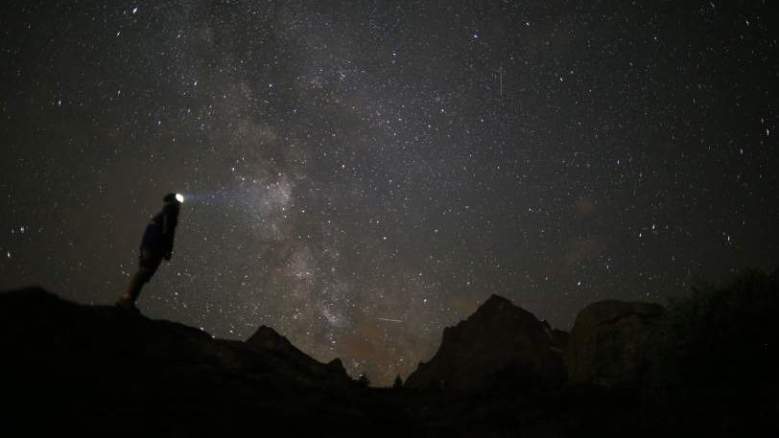
The Perseid meteor shower could be the brightest shower in human history. It typically has at least 80 meteors an hour, but some years can have as many as 200 an hour. But a three-quarters-full moon might get in the way of your ability to see the meteor shower at its best.
Robert Massey of the Royal Astronomical Society in London said it’s likely not a good year for the Perseid. “You might, if you’re lucky, see maybe 20 an hour.”
But if you still want to give it a shot, we have all the information for you.
Here’s what you need to know.
What Time Is the Perseid Meteor Shower?
Waiting to watch later at night, when there are more meteors an hour, might not be the best plan this year. In fact, you might see more if you view the shower earlier in the evening before the moon rises around midnight local time. You won’t be seeing as many meteors an hour, but you’ll be able to see more of them than if they’re washed out by the moon’s light.
You might be surprised to learn that the shower’s peak time is 1 p.m. Eastern on August 12. Watching during that time won’t do you any good, however, so you’ll want to keep an eye out the night of August 11-12 and the night of August 12-13. Both nights will be good, but the predawn hours of August 12 are best. Of course, the pesky moon will be in the way at that time, so you might want to check out the skies before midnight on both nights.
Where Can You See the Perseid?
You’ll have a chance to see the Perseids shower from anywhere. But your best view will happen if your in the Northern Hemisphere, down to mid-southern latitudes, Space.com reported.
The shower is caused by the Earth passing through the dust and debris of the Comet Swift-Tuttle. It last passed near the Earth in 1992 and will be back — but not until 2126.
To see the shower, go to a dark area with no city light. The countryside is best.